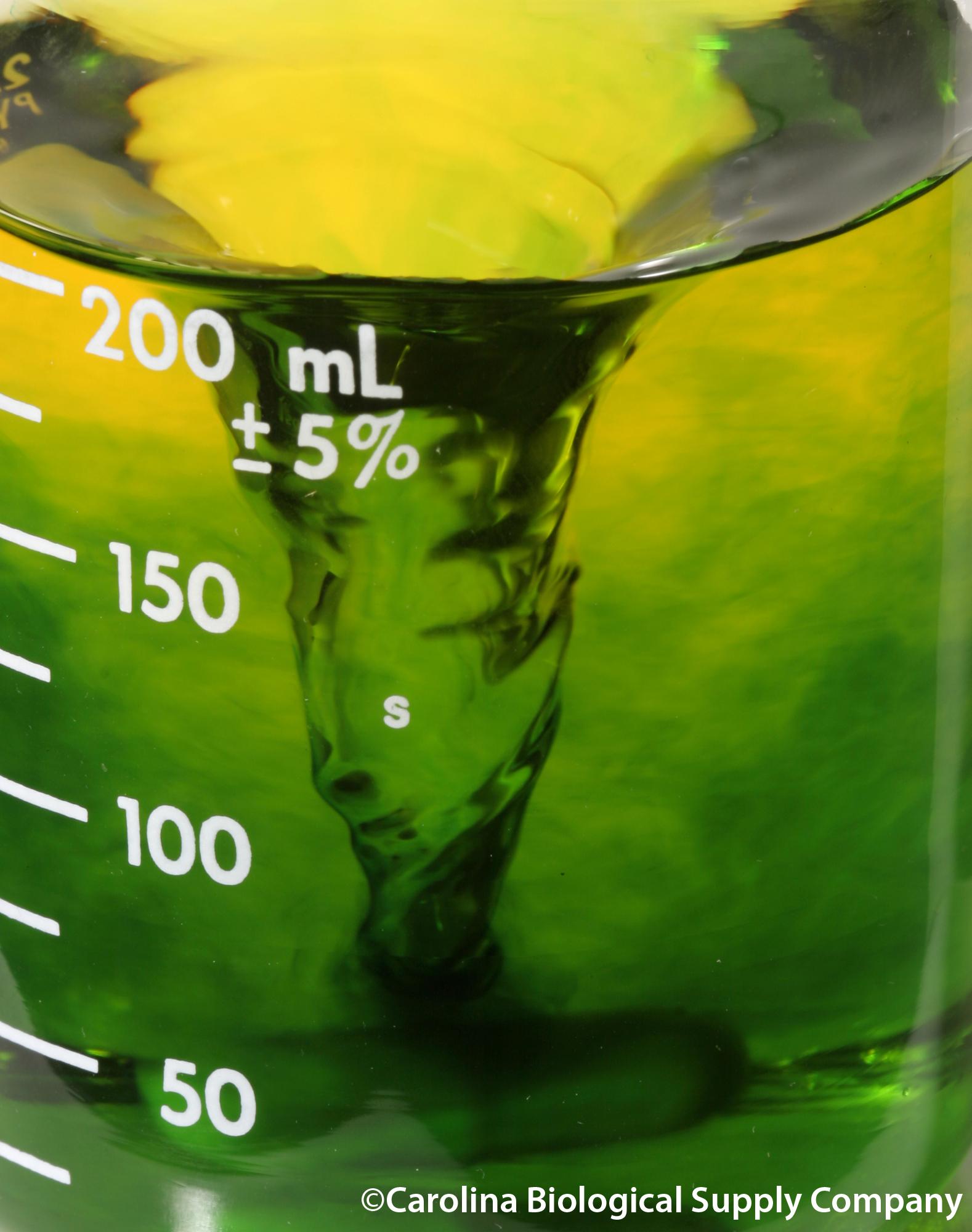
High school chemistry in New York is becoming greener. Photo: Carolina Biological via Flickr.
The EPA has awarded $90,000 to support the introduction of the principles of green chemistry to New York schools.
The money supports the concept of green chemistry, the use of chemicals and processes to reduce or eliminate environmental harm. It helps reduce waste and improve efficiency.
And it also has an educational impact.
“We’re talking about the next generation of business leaders, chemists, politicians,” said Deborah Knight, environmental program specialist with the New York Department of Educational Conservation’s Pollution Prevention Unit. “It will be easier for them [to think sustainably] having that early training and exposure.”
One high school in each of Long Island, New York City, Hudson Valley and Albany will be chosen to participate.
The state will look at each school’s chemicals and recommend replacements. It will also hold workshops, in partnership with nonprofit Beyond Benign, to train teachers on the The 12 Principles of Green Chemistry. The schools commit to the green chemistry process for at least one school year and measure how many toxins are reduced.
The ultimate goal is for schools to adapt the concept into their usual curriculum, Knight said.
“We’ve done a lot of outreach to clean out schools,” she said. “There’s a lot of work to be done. Pollution prevention needs to approach not at the end, but at the beginning, and that’s where green chemistry comes in.”
Green chemistry is a growing concept. Some regional examples:
- Recently 40 people trained in Detroit on a “Green Screen” tool. This tool, developed by nonprofit Clean Production Action, is the first open source screening method that helps product designers identify safer chemicals and products.
- And in Alpena, Mich., with the help of a federal grant, Cobalt Technologies has partnered with American Process, Inc. to produce butanol from sugar extracted from wood. Butanol is a widely used industrial chemical and is now made from fossil fuels. “If we can replace petroleum with [sugar], that’s a major step forward in the green chemistry movement,” said Steven Shevick, Cobalt’s chief financial officer.
